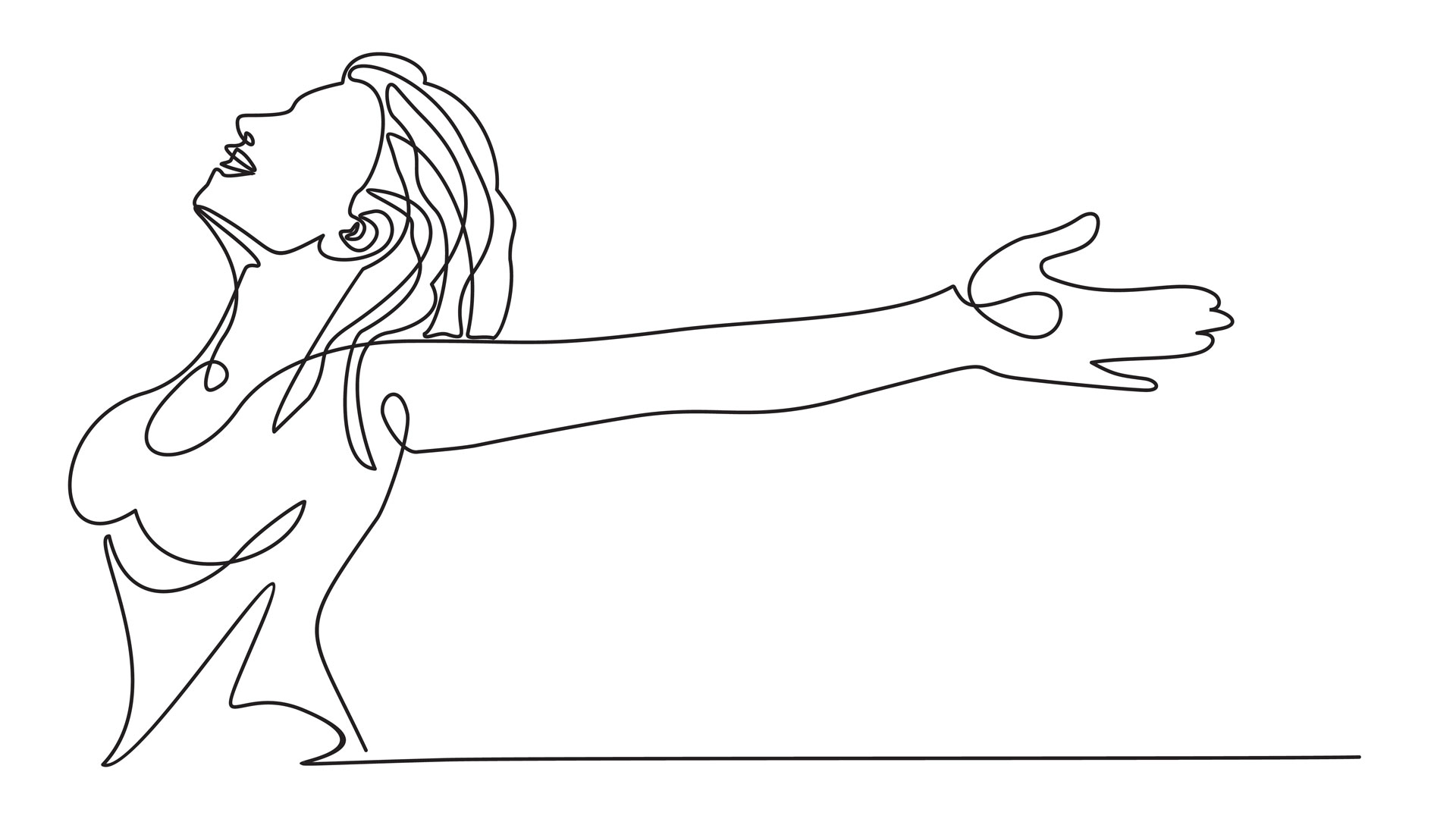Alexis Alcalá explains a method of using breath to relieve workplace stress and promote well-being
In today’s demanding work environments, stress has become a common issue. The consequences of chronic stress are well-documented, leading to decreased productivity, employee burnout, and compromised mental and physical health. There is a tool that can help counteract these challenges: breathwork. Breathwork techniques offer practical and accessible ways to manage stress and promote overall workplace wellness.
Breathwork, a practice that involves conscious control and manipulation of the breath, has been recognised for its profound effects on stress reduction and emotional well-being. Scientific research has shed light on its remarkable benefits. The Journal of Alternative and Complementary Medicine (2017) found that slow-paced breathing can lead to significant reductions in perceived stress and improvements in heart rate variability, indicating improved autonomic nervous system function.
Activating the relaxation response
Deep breathing techniques, such as diaphragmatic breathing or paced respiration, stimulate the parasympathetic nervous system, triggering the relaxation response. This results in a decrease in heart rate, blood pressure, and stress hormone levels, promoting a calm and relaxed state.
Regulating the autonomic nervous system
Breathwork can balance the autonomic nervous system, which controls bodily functions beyond conscious control. By focusing on slow, deep breaths, individuals can shift from the sympathetic ‘fight-or-flight’ response to the parasympathetic ‘rest-and-digest’ mode, leading to reduced stress and increased resilience.
Enhancing mental clarity and focus
Certain breathwork techniques, such as alternate nostril breathing or Kapalabhati (skull-shining breath), can oxygenate the brain and increase mental alertness. These practices can clear the mind, improve concentration, and enhance cognitive performance, ultimately reducing workplace stress.
Emotional regulation
Conscious breathing engages the prefrontal cortex, the brain region responsible for emotional regulation. By practicing breathwork, individuals can better manage their emotional responses, cultivate a greater sense of calm, and reduce the impact of stressors on their emotional well-being.
By practicing breathwork, individuals can better manage their emotional responses, cultivate a greater sense of calm, and reduce the impact of stressors
Introducing breathwork techniques in the workplace can be a proactive step toward fostering a healthier work environment and supporting employees’ well-being and there are ways to establish a breathwork group in the workplace.
Raise awareness
Begin by educating employees about the benefits of breathwork and its potential impact on stress reduction and overall well-being. Share information through internal communication channels, such as newsletters, email updates, or presentations during team meetings.
Designate a space. Identify a quiet and comfortable space within the workplace where employees can gather for breathwork sessions. This area should be conducive to relaxation and free from distractions.
Employee engagement
Encourage employees to actively participate by gauging their interest and willingness to join a breathwork group. Send out surveys or conduct informal discussions to understand their preferences and availability for group sessions.
Training and support
Consider bringing in a certified breathwork instructor to provide training and guidance. For instance, experts can teach basic breathwork techniques, address questions or concerns, and facilitate online group sessions to ensure a safe and effective practice.
For those looking to introduce breathwork in the workplace, here are some simple yet effective techniques that employees can practice.
Deep diaphragmatic breathing
Encourage employees to sit comfortably with their eyes closed. Instruct them to take slow, deep breaths, focusing on expanding the belly with each inhalation and contracting it upon exhaling. Encourage longer exhalations to enhance relaxation.
Box breathing
Guide employees to inhale for a count of four, hold the breath for a count of four, exhale for a count of four, and then hold the breath again for a count of four. Repeat this cycle for several rounds. Box breathing can help calm the mind, reduce anxiety, and restore a sense of balance.
Mindful breathing
Invite employees to practice mindful breathing during short breaks throughout the workday. Encourage them to take a few moments to focus on their breath, observing each inhalation and exhalation without judgement. This technique can bring a sense of presence and calm amidst daily work pressures.
Energising breath
In moments when employees need an energy boost, teach them invigorating breathwork techniques, such as Kapalabhati or ‘bellows breath’. Instruct them to take quick, forceful exhales through the nose while allowing the inhales to occur naturally. Caution should be exercised when introducing energising breath techniques, as they may not be suitable for individuals with certain health conditions.
Breathwork is a simple and valuable tool that can significantly contribute to stress reduction and overall well-being in the workplace. By embracing breathwork, individuals can find solace in the present moment, unlock their innate resilience, and thrive amidst the demands of the modern workplace. Remember, the key to success lies in creating awareness, providing support, and encouraging regular practice.
Alexis Alcalá is the founder of Innercamp




